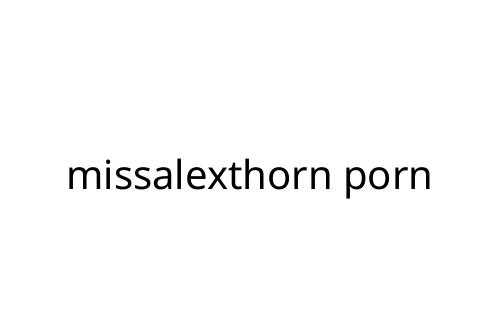boylecheloid flower
The boylecheloid flower isn’t a household name, but it’s an intriguing plant worth a closer look. Found in select regions, often in specialized gardens or botanical collections, this unusual flower has sparked curiosity among plant enthusiasts and researchers alike. If you’re interested in rare species or are considering adding something unique to your collection, the boylecheloid flower offers both challenges and rewards.
Origin and Basic Description
The boylecheloid flower is believed to originate from temperate zones but isn’t native to most standard gardens. It stands out for its irregular petal shape and the distinct coloration of its blooms—often a blend of subtle earthy tones and pastels. Its foliage tends to be sturdy, almost waxy, and it’s commonly admired for its ability to retain structure even during drought.
Because it’s not widely cultivated, most information about the boylecheloid flower comes from botanical studies and anecdotal grower reports. This rarity is part of its appeal. Gardeners who value distinctiveness often seek it out to diversify their landscapes.
Ideal Growing Conditions
Boylecheloid flower prefers moderate sunlight. Too much direct light can fade the colors, but too little will stunt growth. It does well in nutrient-rich, slightly alkaline soils, with good drainage being essential to prevent root rot. Unlike some showier garden staples, it doesn’t require constant attention—another bonus for low-maintenance gardeners.
Reliable watering routines are best. Let the topsoil dry between sessions. Overwatering leads to leaf drop and can attract pests like fungus gnats. Occasional feeding with a balanced fertilizer keeps growth steady, particularly in the blooming season.
Pros and Cons
Like every plant, the boylecheloid flower comes with upsides and downsides.
Pros:
- Unique appearance that stands out in any collection
- Adaptable to different soil types when drainage is managed
- Generally resilient against pests and disease
Cons:
- Can be hard to source, as nurseries rarely stock it
- Sensitive to overwatering
- Not as visually impactful from a distance compared to some garden blooms
Uses and Placement
The boylecheloid flower suits dedicated plant beds, mixed borders, or even container gardening. Because of its structure, it pairs well with taller grasses or ground-hugging succulents. In arrangements, it offers an understated beauty and works as a conversation starter for those who notice its details.
For those interested in pollinators, this flower attracts select bees and butterflies, though not in the same numbers as bold, highly-scented varieties.
Final Thoughts
If you’re looking for something different and appreciate subtlety, the boylecheloid flower could be a solid addition to your garden or indoor space. It’s not the easiest find, but the challenge of growing one is part of its charm. Keep in mind its watering needs and savor its understated beauty—sometimes, the quietest plants make the biggest impression for the keen observer.


 Bianca Laura – A forward-thinking writer with a passion for emerging trends, Bianca focuses on the intersection of technology and betting. Her expertise lies in identifying new opportunities in the world of sports and casino betting, including the rise of mobile platforms, e-sports betting, and artificial intelligence in gambling. Bianca’s articles not only highlight current trends but also offer predictions about where the industry is headed, making her insights invaluable for bettors looking to stay ahead in a fast-paced market.
Bianca Laura – A forward-thinking writer with a passion for emerging trends, Bianca focuses on the intersection of technology and betting. Her expertise lies in identifying new opportunities in the world of sports and casino betting, including the rise of mobile platforms, e-sports betting, and artificial intelligence in gambling. Bianca’s articles not only highlight current trends but also offer predictions about where the industry is headed, making her insights invaluable for bettors looking to stay ahead in a fast-paced market.

